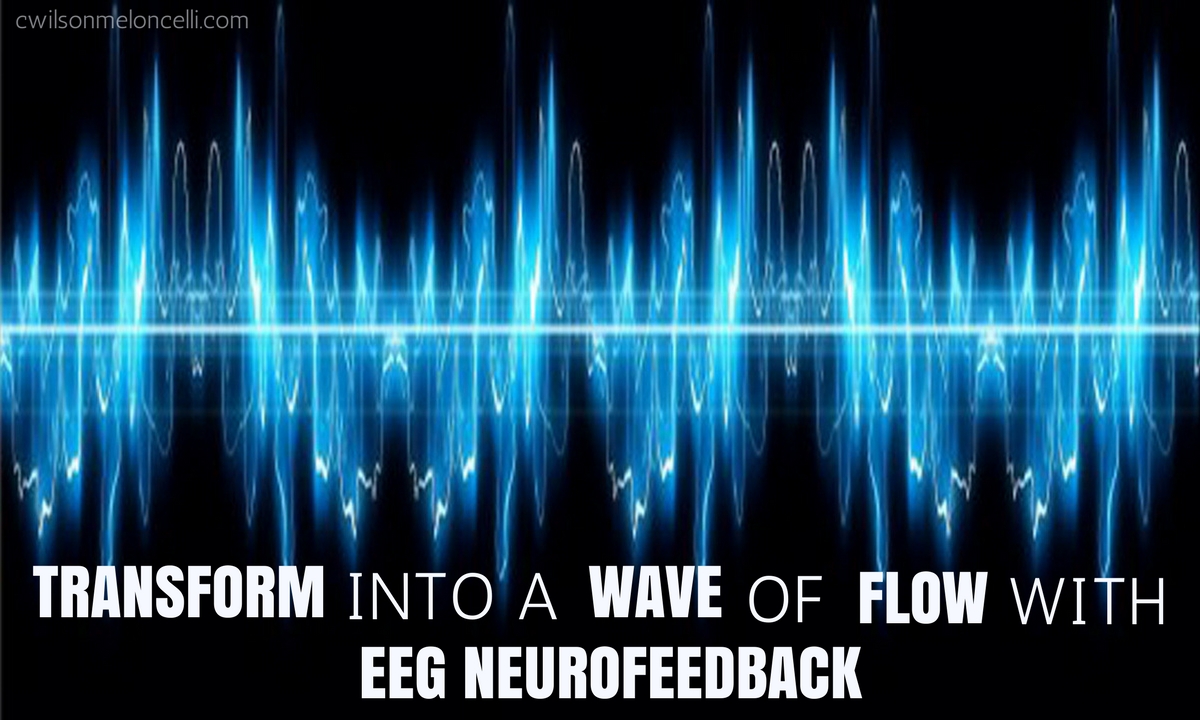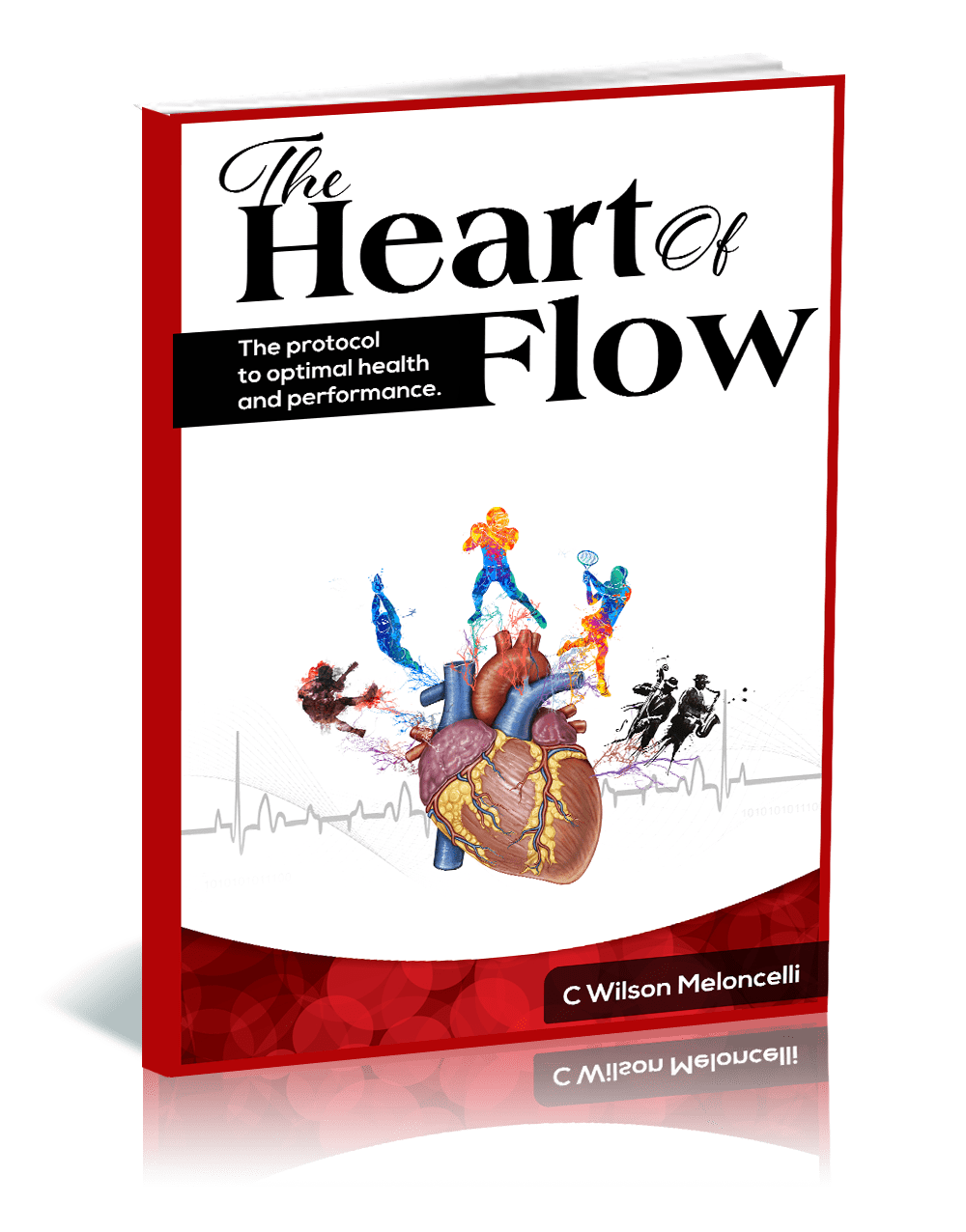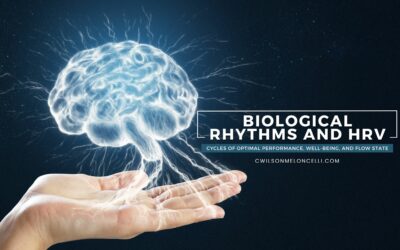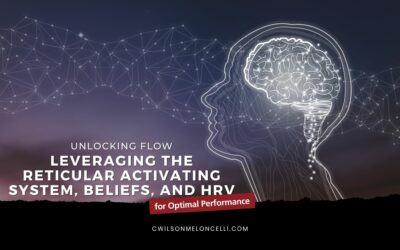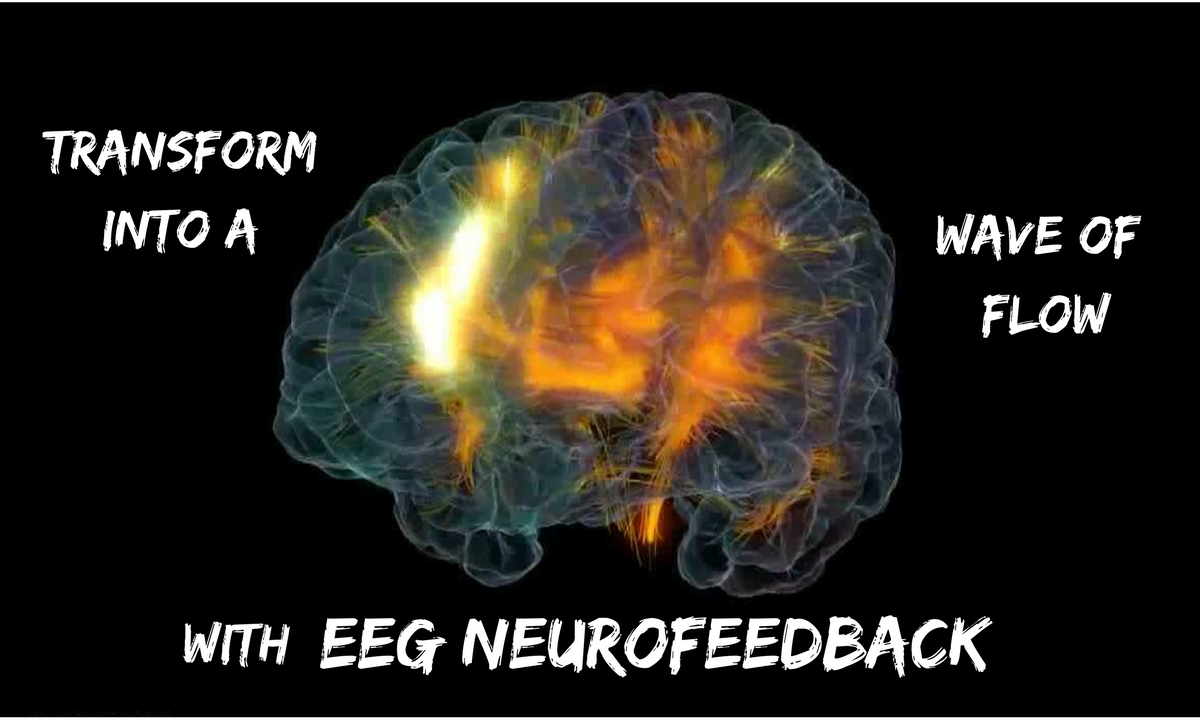
In Flow State, our physiology transforms from the ‘the normal’ into ‘ the super’. We form the perfect instrument for focusing attentively on performing the task at hand. “Empty your mind. Be formless, like water. When you put water into a cup it becomes the cup. When you put into a bottle, it becomes the bottle. When you put water into a teapot it becomes the teapot. Water can flow or it can crash. Be water, my friend.” - Bruce Lee. Our physiology to hack the Flow State becomes water-like to the task at hand.
We release a performance cocktail of neurotransmitters and hormones beginning with the release norepinephrine and dopamine, which in turn raises our heart rate, tightens focus to the appropriate level for the task at hand. We become razor sharp in focus, like an eagle locking onto its prey. We drift our brainwaves from beta towards alpha entering what is called a Transient Hypofrontality, were areas of the brain temporarily shut down, while others areas become further stimulated. These areas of the brain are divided down into two parts called cerebral hemispheres.
Each hemisphere can be further divided into 4 lobes: the frontal lobe; occipital lobe; parietal lobe and the temporal lobe.
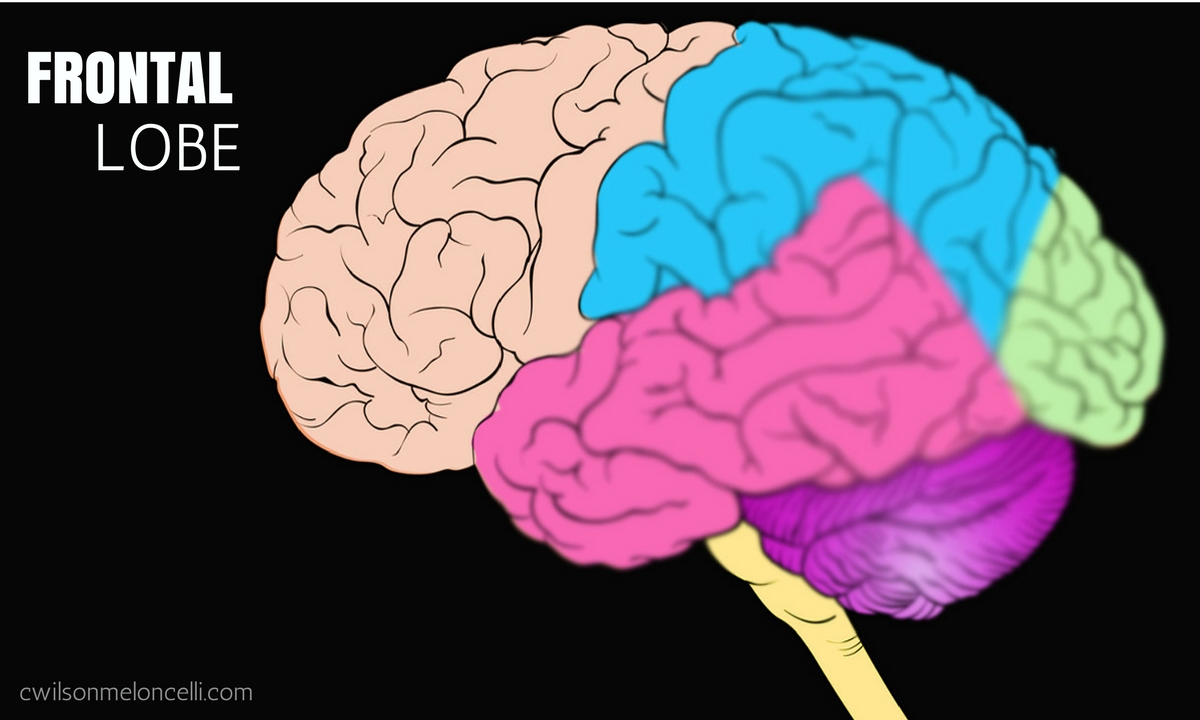 Our frontal lobe is the home of what makes us human. It plays a role in everything from movement to intelligence, helping us anticipate the consequences of our action and aids in the planning of future actions. Named for its location, the frontal lobe is situated towards the front of the brain.
Our frontal lobe is the home of what makes us human. It plays a role in everything from movement to intelligence, helping us anticipate the consequences of our action and aids in the planning of future actions. Named for its location, the frontal lobe is situated towards the front of the brain.
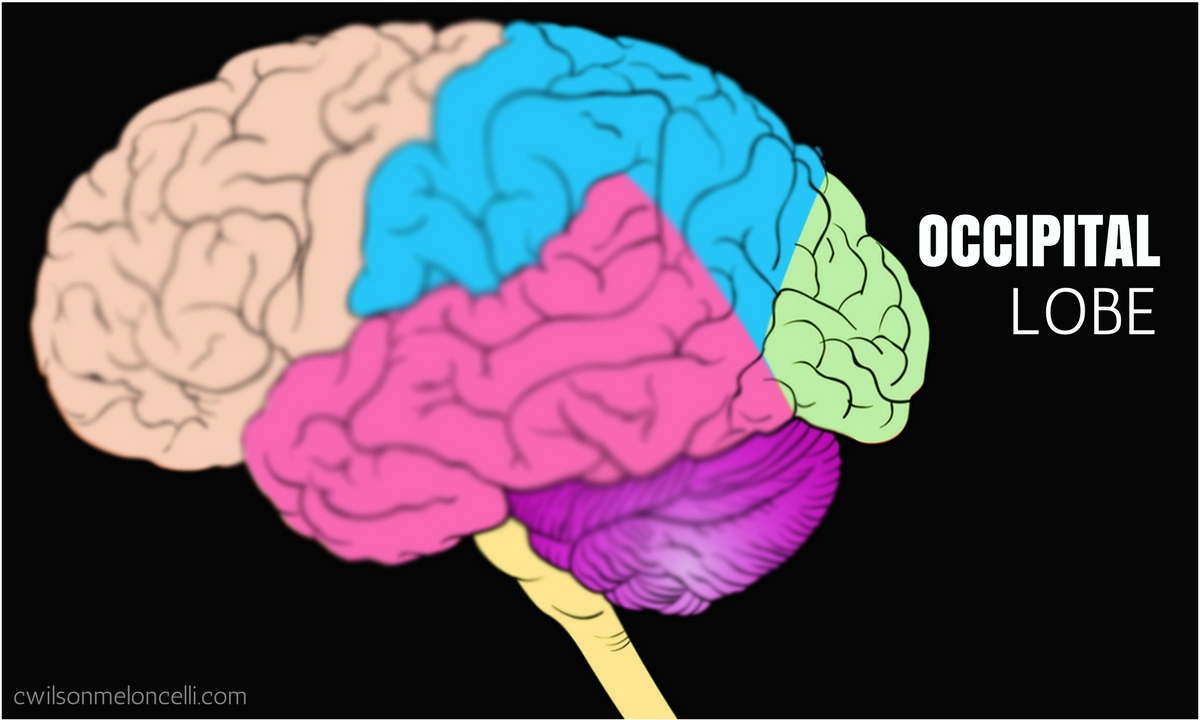 The Occipital Lobe is the seat of most of the brain’s visual cortex, allowing us not only to see process stimuli from the external world but also to assign meaning to and remember visual perceptions. The occipital lobe is rearmost lobe of the brain, located at the back of the brain.
The Occipital Lobe is the seat of most of the brain’s visual cortex, allowing us not only to see process stimuli from the external world but also to assign meaning to and remember visual perceptions. The occipital lobe is rearmost lobe of the brain, located at the back of the brain.
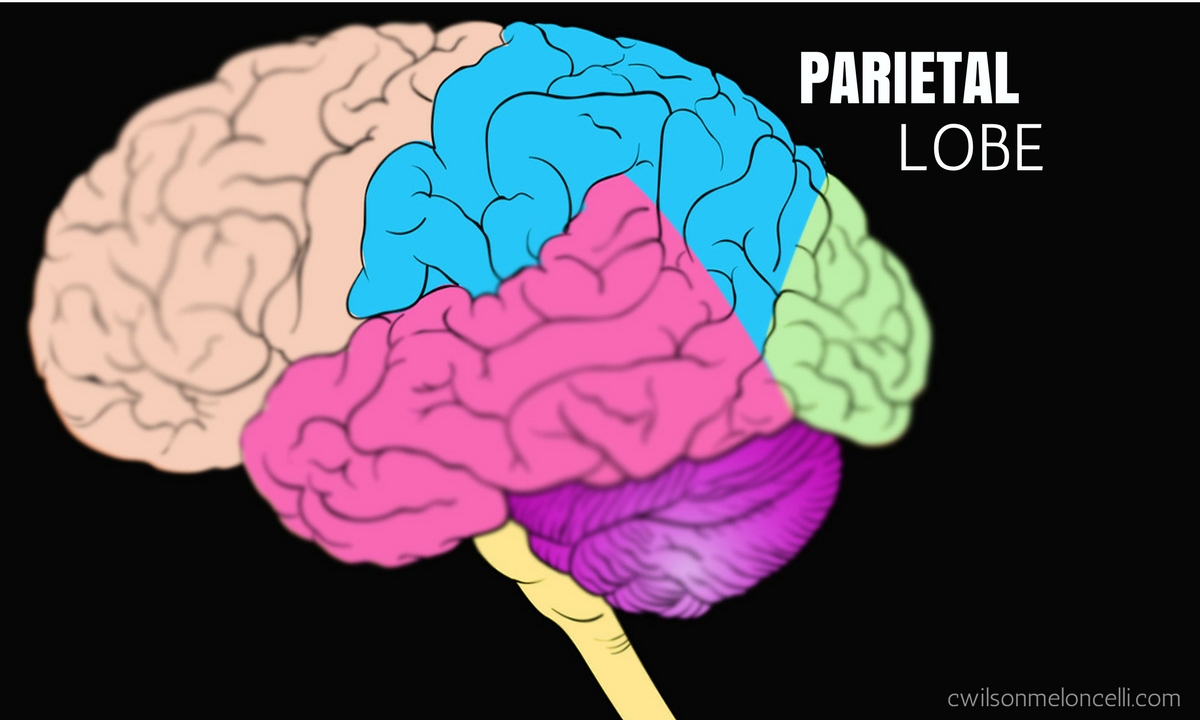 The Parietal Lobe located at the top and center of the cerebral cortex, just behind the frontal lobe and above the occipital and temporal lobes. Our parietal lobe helps us integrate sensory input, process language, spatial awareness, and navigation.
The Parietal Lobe located at the top and center of the cerebral cortex, just behind the frontal lobe and above the occipital and temporal lobes. Our parietal lobe helps us integrate sensory input, process language, spatial awareness, and navigation.
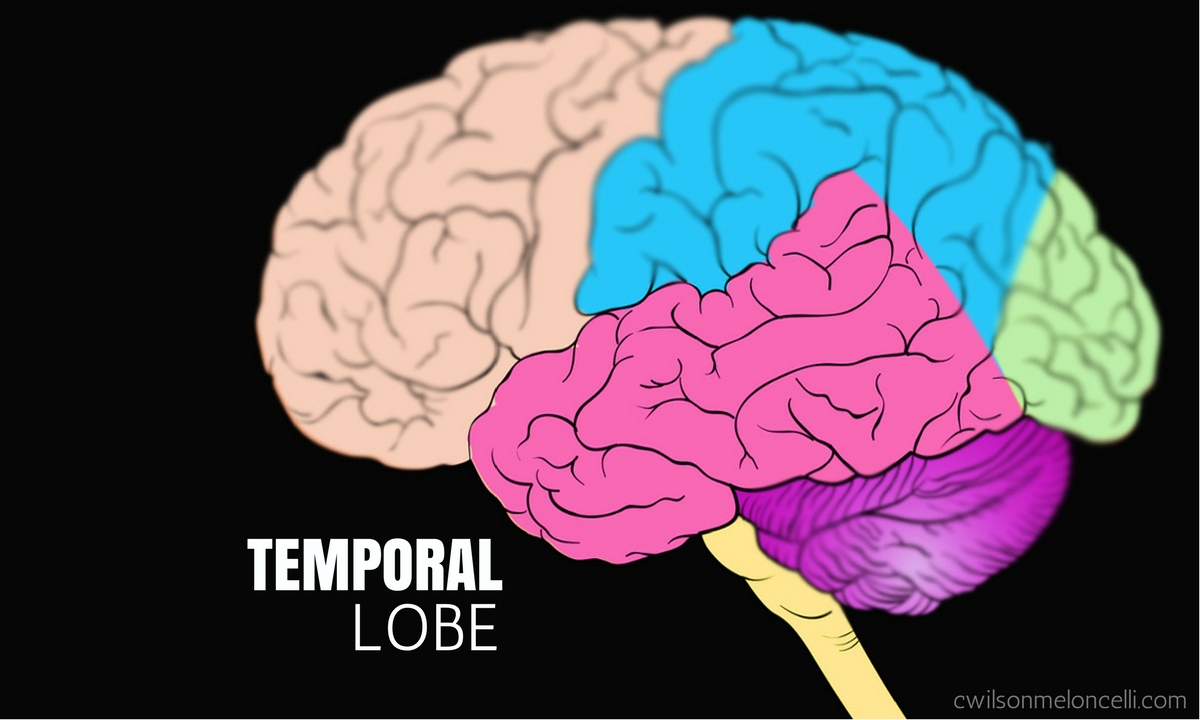 Our Temporal lobe processes sensory input, including pain and auditory stimuli. It also helps understanding language, retain visual memories and both process and remember emotions. The temporal lobe is named because of its proximity to the temples. It is positioned towards the base of the center of the cortex, just behind the temples.
Our Temporal lobe processes sensory input, including pain and auditory stimuli. It also helps understanding language, retain visual memories and both process and remember emotions. The temporal lobe is named because of its proximity to the temples. It is positioned towards the base of the center of the cortex, just behind the temples.
Looking a little deeper beyond the four lobes aiding us to paint a clearer image of flow. Let’s take a brief look at our limbic system and prefrontal cortex.
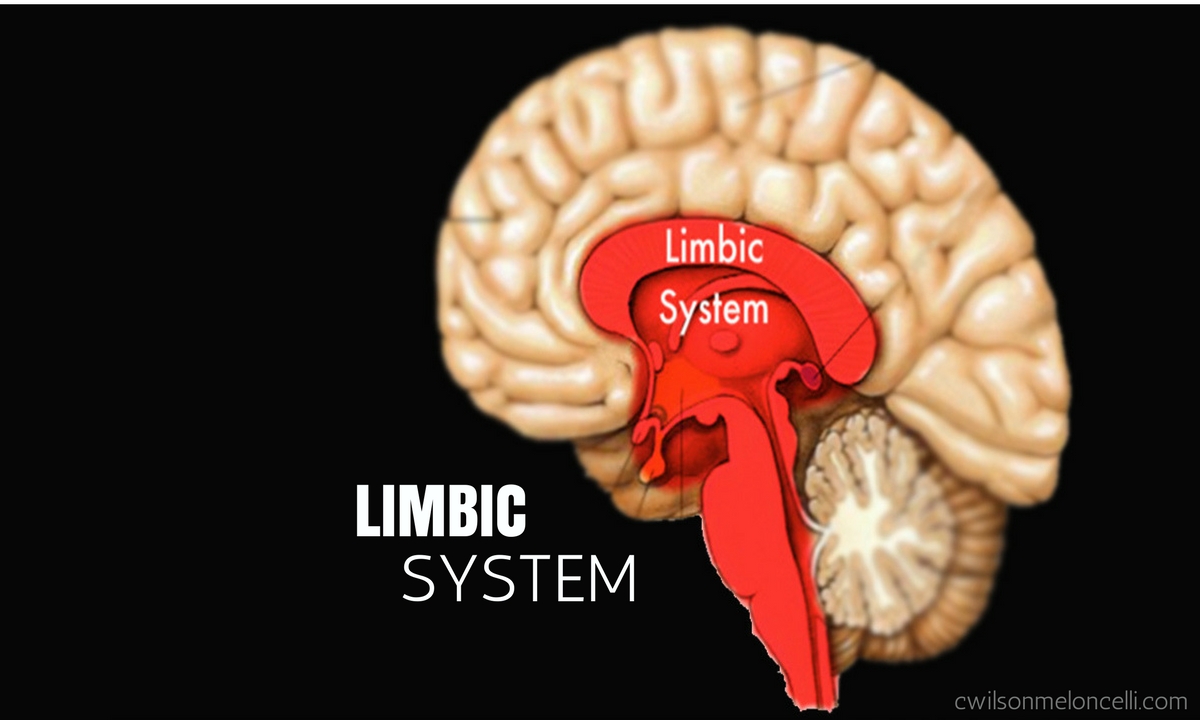 The Limbic system is a complex system of nerves and networks in the brain. It controls emotions (fear, pleasure, anger) and drivers (hunger, sex, dominance, nurturing) Because the temporal lobe houses much of the limbic system, the temporal lobe is both heavily influenced by and influences a number of automatic bodily functions, including the heart rate, arousal, anxiety, and similar states. Over time, disruptions in these state can affect other bodily functions. Trauma can predispose people to a chronic state of anxiety locking them into a fight or flight state. Locking our on and off switches to ON which in turn begins to flood your body with hormones such as cortisol which can lead to chronic inflammation.
The Limbic system is a complex system of nerves and networks in the brain. It controls emotions (fear, pleasure, anger) and drivers (hunger, sex, dominance, nurturing) Because the temporal lobe houses much of the limbic system, the temporal lobe is both heavily influenced by and influences a number of automatic bodily functions, including the heart rate, arousal, anxiety, and similar states. Over time, disruptions in these state can affect other bodily functions. Trauma can predispose people to a chronic state of anxiety locking them into a fight or flight state. Locking our on and off switches to ON which in turn begins to flood your body with hormones such as cortisol which can lead to chronic inflammation.
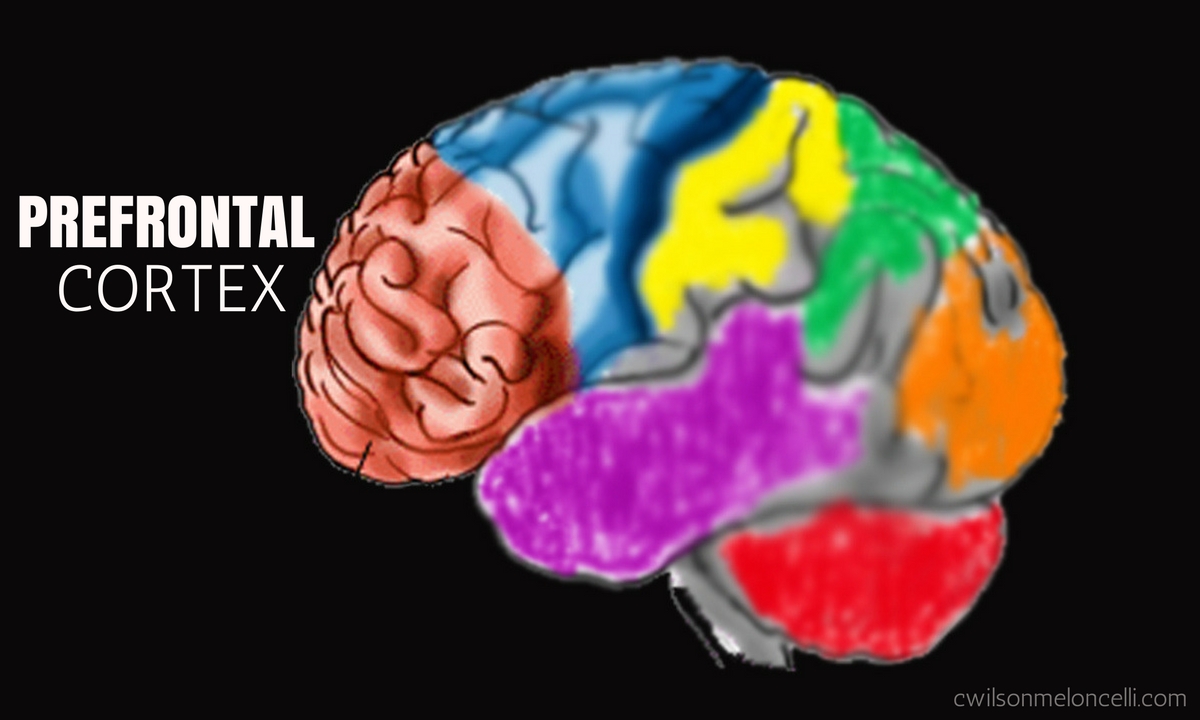 The prefrontal cortex is located at the front of the frontal lobe and is the centre of the executive functions also understood as cognitive processes. The Prefrontal cortex is involved in managing complex processes like reason, logic, problem, solving, planning and memory. David Eagleman, neuroscientist, and author of numerous “must read books” reports that time, our perception of time is calculated in the prefrontal cortex of the brain.
The prefrontal cortex is located at the front of the frontal lobe and is the centre of the executive functions also understood as cognitive processes. The Prefrontal cortex is involved in managing complex processes like reason, logic, problem, solving, planning and memory. David Eagleman, neuroscientist, and author of numerous “must read books” reports that time, our perception of time is calculated in the prefrontal cortex of the brain.
So during this Transient Hypofrontality, our prefrontal cortex quietens giving us the sense of timelessness. Our inner critic goes silent. Our limbic system is purring without fear or doubt. All barriers are blinded by the presence of the deep now. Areas of our occipital and parietal lobes are deactivated giving us a taste of spacelessness. Separation and attachments are replaced the “feeling of being at one”. We release endorphins and anandamide dissolving away distress and pain. Boosting our lateral thinking and problem-solving in indirect and creative ways. Even with total engagement on the task, we are appropriately relaxed and intuitive to our environment. As we drift from the waves of flow with our eyes filled with the “after-glow” where we are in a bath of serotonin and oxytocin.
NEUROFEEDBACK
Neurofeedback is “a form of biofeedback in which subjects respond to a display of their on own brainwaves or other electrical activity of the nervous system”.
Feedback teaches us to self-regulate what’s going on in our brain. Giving us real-time feedback, to train our brain to function more efficiently. We can observe second by second then view this data and adjust ourselves accordingly. German Neurologist Hans Berger who invented the Electroencephalography (Electro-ence-phal-ography) aka EEG (also much easier to say) is a Neurofeedback method to detect the electrical activity in our brains using electrodes (flat, small discs) connected to the scalp. This electrical communication via the brain cells is synchronized electrical pulses known as brain waves.
BRAIN WAVES
There are 5 brainwaves in total arranged from fastest to slowest; Gamma, Beta, Alpha, Theta and Delta . Brainwaves speed is measured in Hertz (cycles per second).
Gamma Brain Waves (40-100 Hz) - the fastest brainwaves (high frequency) Recently discovered, relate to simultaneous processing of information from different brain areas. These are intricated in higher processing tasks as well as cognitive functioning. This is important for learning, memory and information processing.
Beta Brain Waves (12 – 40 Hz) Associated with normal waking consciousness and a heightened state of alertness, logic and critical reasoning. Hitting the right level of beta help focuses on the task at hand. However, too much beta jams the door open to an imbalance of stress-producing chemicals like cortisol which is dramatically counter-productive for entering flow.
Alpha Brain Waves (8-12 Hz) are dominant during quietly flowing thoughts, while you are in deep relaxation, daydreaming or during light meditation. Alpha is the frequency between our conscious thinking and subconscious mind.
Theta Brain Waves (4-8 Hz) occur during light sleep and deep meditation. In theta we are in a dream; vivid imagery, intuition, we are in our subconscious. This state helps us improve our intuition, creativity, and makes us feel more natural.
Delta Brain Waves (0-4 Hz) are the slowest but loudest brainwaves (low frequency). It is experienced in a very deep, dreamless sleep, transcendental meditation. This state is important for the healing process and regeneration.
Our brainwaves change according to what we are doing or feeling. When slower brain waves are dominant, we have a feeling of being sluggish, dreamy, slow or tired. On the flip side, faster brainwaves make us feel wired, hyper-alert, fast. Multiple brain waves occur at the same time but there is only one wave that is dominant.
THE 7-8 hz DOMINANCE - THE FLOW STATE ZONE
7-8 cycles per second, in the Alpha - Theta bridge is now becoming widely recognized by Sports Scientists as the performance zone, the zone of the flow state. Sitting between conscious and the subconscious mind. This increasing of Alpha knocking on the door of Theta, opening us up to our hidden self, where we can engage in a deep dialogue of our divine mind.
It’s in this pocket, that we can attain a binding together of ideas from what seemed like distant ranging areas of the brain, connecting memories and experiences to form a creative action. This is a Gamma Wave Spike of creativity, an “out of this world” inspiration of clarity, an “aha moment” of genius. This is the brain “being in the zone” where everything we do feels effortless and opens us to the solutions of the impossible. This is Flow.
APPLYING EEG INTO FLOW
When we consciously or unconsciously move towards a flow state experience we go through 4 distinct phases or cycles. The Struggle, The Release, The Flow State, and The Recovery phase. Understanding and monitoring the 4 cycles with the help of EEG neurofeedback can accelerate your self-awareness and turn on the Flow State. All 4 of these cycles are just as important as the flow state so all must be observed and worked with to truly enhance your performance.
The Struggle is when we’re learning a new skill or pushing ourselves hard and entering a cloud of confusion. Our brain waves are in a low to high Beta (12-40 Hz). We have an overwhelming feeling of frustration, tension, stress, and anxiety trying to solve a problem or overcome an obstacle. Our adrenal glands are pumping a little too much adrenaline and cortisol into our systems causing an imbalance and hindering performance. So in steps, the Release phase, that flushes out all this imbalance of hormones of tension, frustration with the release of Nitric oxide and begins to change the cycles per second of our brain waves, taking us from beta down towards Alpha ( 8-12 Hz). It’s during the Release phase when we relax into the activity maintaining our attention and allowing brain waves to flutter in the 7-8 Hz Alpha - Theta bridge. We are now in the Flow State. In a Transient Hypofrontality and areas of our prefrontal cortex, occipital, parietal lobes and the limbic system are deactivated into the flow. Norepinephrine, dopamine, endorphins, and anandamide are pulling our attention and focus on our task, blocking our pain and distractions and giving us this superhuman ability to solve and overcome obstacles on our path.
As we begin to drift out of the flow state our system releases serotonin and oxytocin making us feel great, happy, bonding with our environment or the group or person we have just experience flow with. We enter the Recovery phase and look to replenish our depleted system. Rest and digest from the, in many cases, dramatic high on beginning to hack the flow state.
CONCLUSION
Taking advantage of EEG devices to assist in your growth as an athlete, business professional, artist, fighter, homemaker, man or woman is a big thumb up for me. Developing your awareness of being in the optimal performance state and recognising when you’re not in the optimal performance state is a must. If you want to know yourself in different situations and train to react in a more productive manner, then incorporation EEG into your training is a wise decision.
There is a number of EEG home devices on the market today. But there are two I personally use at the moment; the Muse and Emotiv. If you're starting out I feel the Muse is the simplest one to use and monitor. Its use 7 calibrated sensors, 2 on the forehead, 2 behind the ears and 3 reference sensors to detect and measure the activity of your brain. It comes with a simple, clear application to monitor you and track your feedback.
Once you progress with the Muse, I would recommend adding the software Opti Brain and Opti Train. They are developed by over 30 years of research by Debra Crews Ph.D. during her mental coaching career as a LPGA golf trainer. Opti Brain; measures brain patterns, mapping out and presenting a snapshot of what’s going on inside. While Opti Train; is a feedback tool to train your performance state. Both Opti Brain and Train are linking, so you can see what your brain is doing when you perform at your best. As the Opti team call is “Better your Best”.
Next, I would check out Emotiv which has two powerful devices to choose from. Emotiv Insight 5; 5 EEG sensors with 2 reference sensors and the Emotiv EPOC+ research grade 14 channel EEG 2 reference sensors. Emotiv really seems to be the Mr. Miyagi of EEG devices. (Karate Kid-Pat Morita Miyagi)
Enjoy EEGing yourself 🙂
Thanks for reading
Reference - and links
Muse.com http://bit.ly/2irBURE
Emotiv https://www.emotiv.com/
Built From Performance Backwards. (n.d.). Retrieved October 23, 2017, from https://www.optiinternational.com/about/research/
Frontal Lobe. (n.d.). Retrieved October 23, 2017, from https://www.spinalcord.com/frontal-lobe

